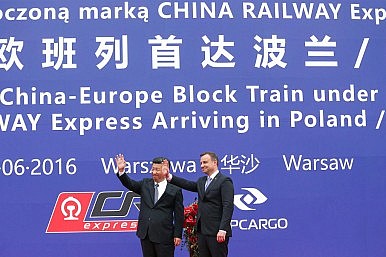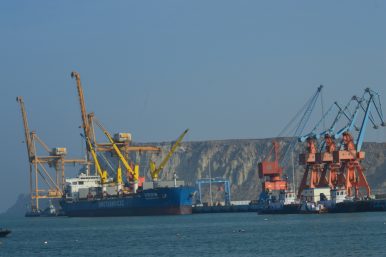Lt Gen Prakash Menon
 India should not seek a reset with China that is based on our inferiority. We can and must assert ourselves.
India should not seek a reset with China that is based on our inferiority. We can and must assert ourselves.
Some of India’s chickens of statecraft have come home to roost. India has embarked on a “reset of relations” with China and simultaneously seeks to “redefine ties” with the USA. The simultaneity is structurally imperative when it comes to India’s role in the context of great power tensions.
In the case of China, it is based on its enormous economic and military power. The Indian political leadership seems convinced that China’s coercive power does not call for a confrontation, but instead demands a form of adjustment that would serve to preserve our national development goals. With the USA, a partnership founded on common interests is expected to provide political, strategic and technological support that can further Indian goals. The reset would also involve a tilt away from the USA, to perhaps, a slightly less-than-neutral position.












